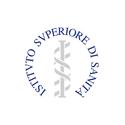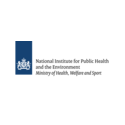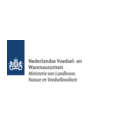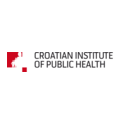In short
In daily life, consumers are continuously exposed to food contact materials. Unfortunately, many of these materials (e.g. ink, paper, cardboard, coatings etc.) are not covered by a specific legislation. However, national legislations exist in different countries, leading to different restrictions for the same substances. In this project, we investigate the risk assessment procedures applied in different EU countries in order to harmonise national legislations on coatings throughout Europe.
Project description
All food contact materials should be in compliance with the European Framework Regulation No. 1935/2004. For many food contact materials, no specific legislation is available at European level. However, national legislation might be in force in some European countries. Unfortunately, the risk assessment procedures in the different member states are not harmonised, leading to different restrictions and migration limits. Clarification and harmonisation of the evaluation of coating materials would benefit mutual recognition in the interest of food safety
This project aims to harmonise the risk assessment approaches for coatings in the different EU member states.
First, we investigate the measures on coatings from the different European member states. We found that there is little convergence between the various national measures on coatings. However, it was very difficult to retrieve and compare the rationales for these restrictions. This is partially due to the confidential nature of the evaluation dossiers. Additionally, dossiers for substances that have been authorised a long time ago sometimes lack details or are even inaccessible. The member states that have national regulations on coatings generally use the positive listing approach developed for plastics and the guidelines of the European Food Safety Authority (EFSA). The lack of harmonised terminology is a further complication. In this project, we develop an extensive list of terms and definitions.
Next, we discuss the information required for the safety assessment. A specific feature of coatings that is particularly relevant for food safety is that coatings are mostly produced in situ on a substrate. As a result, the migrants from this layer may differ from the initial monomers. Therefore, their safety evaluation requires information not only about the starting substances, but also on the substrate, the manufacturing process, the final coated product and any reaction products that can be formed during the process. This results in a modified Summary Data Sheet used for submission of information on starting substances for coatings that are requested to be evaluated. Ultimately, this could serve as a basis for the harmonisation of the restrictions on substances used in coatings in the member states.
Sciensano's project investigator(s):
Service(s) working on this project
Partners







